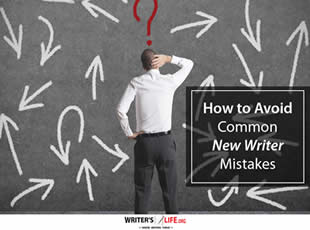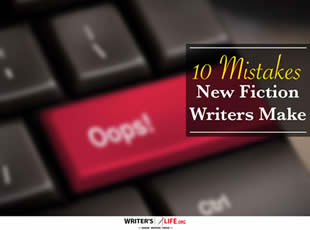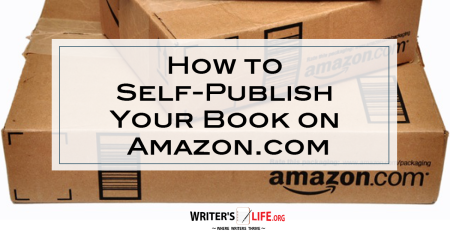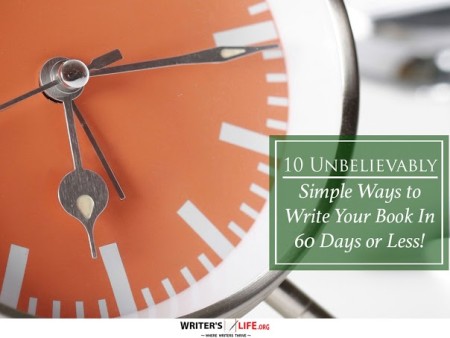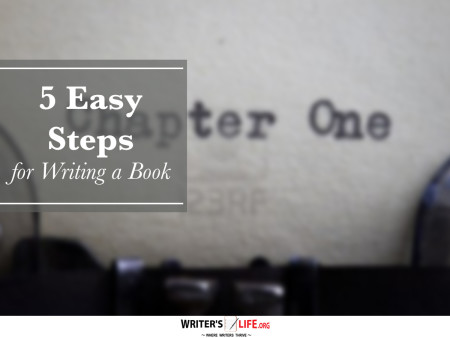- How To Tackle Jealousy In Creative Writing
- Common Submission Mistakes
- How To Stop Your Blog Becoming Boring
- The One Thing Every Successful Writer Has In Common
- How To Make Yourself Aware Of Publishing Scams
- Why Almost ALL Writers Make These Grammar Mistakes At Some Point
- 5 Tips For Authors On How To Deal With Rejection
- Top Mistakes to Avoid When Writing a Novel
- How to Avoid Common New Writer Mistakes
- 10 Mistakes New Fiction Writers Make
Marketing Tips for Writing Follow-Ups That Don’t Feel Salesy

Non-Salesy Follow-Ups can be a critical part of maintaining a strong relationship with your audience, especially in an age where inboxes are crowded and attention spans are short. Nobody enjoys being bombarded with overtly salesy messages that scream 'buy now!' It’s like a telemarketer calling just as you’ve sat down for dinner. Let’s talk about how you can avoid these annoying scenarios and master the art of crafting follow-ups wisely.
Effective Follow-Up Strategies to Keep It Real
How many times have you received an email and thought, ‘Ugh, another sales pitch’? If you're feeling the same, why would your readers react differently? Creating non-salesy follow-ups is all about adding value. Ask yourself what you can give rather than what you can get. This mindset shift can transform your follow-ups from bothersome to beneficial.
Think of it this way: you're hosting a dinner party, and your follow-up is the dessert. It's the sweet conclusion to a great interaction. Consider adding value through helpful resources, insightful articles, or even a quick tip that aligns with their interests. This approach ensures your audience feels appreciated and more likely to engage with your content in the future.
Also, personalization is your best friend. By using the recipient's name and referring back to past interactions, you cast yourself in a light that shows you're genuinely interested in their journey rather than just their wallets. Want to promote your book after it's published? Check out our Book Marketing Articles.
Craft Follow-Ups Wisely Without Being Pushy
Crafting non-salesy communication is about being human. You wouldn't walk up to a friend and immediately pressure them into buying something, right? So avoid salesy follow-ups by treating your emails like a conversation. Share stories or experiences that resonate with the reader, thereby engaging follow-up methods that spark curiosity and interest.
Timing is another critical element of smooth follow-up tactics. If you send out a follow-up too soon, you may come off as desperate. Wait too long, and you risk being forgotten. Understanding your audience’s habits can help you tailor this timing. According to Wikipedia, the ideal time to send marketing emails is often during mid-week, when people are less likely to feel overwhelmed by their inbox.
Utilize bullet lists to break down complex information. Lists are not just visually appealing; they make it easier for your reader to digest and retain information. Here’s a quick example:
- Provide useful insights that add real value.
- Personalize your message to avoid generic vibes.
- Be mindful of timing to maximize engagement.
Writing Non-Salesy Follow-Ups with Engaging Techniques
Writing non-salesy follow-ups involves more than simply avoiding pushy language. Instead, employ follow-up writing techniques that create a narrative or tell a story. Weave in anecdotes or case studies that reflect shared experiences with your audience. This helps in building a relatable picture and maintains their interest as you guide them gently toward your offer.
Consider this: your follow-up is like planting a seed. The first email prepares the soil, the follow-up waters it, and over time your relationship with your reader will grow and flourish. Avoid the impulse to rush this process or expect immediate results.
Ensure that every message has a well-thought-out call to action that feels like the next logical step rather than an obligation. This keeps the process natural, and your audience is more likely to respond positively to such smooth follow-up tactics.
FAQs About Non-Salesy Follow-Ups
Q: How do I avoid sounding too salesy in my follow-ups?
A: Focus on adding value and personalizing your message. Treat each follow-up as a conversation, not a sales pitch.
Q: What’s the best frequency for sending follow-ups?
A: Timing depends on your audience’s behavior. Typically, allowing a few days to a week between follow-ups is effective.
Q: How can I measure the effectiveness of my follow-ups?
A: Track engagement metrics like open rates, click-through rates, and responses to gauge your follow-ups' success.
If you're serious about growing your author career, don't miss out on these free tools and templates built specifically for writers. Access all 7 free resources here.



















